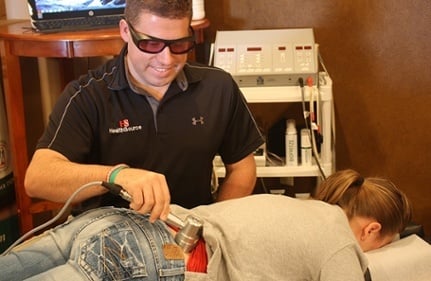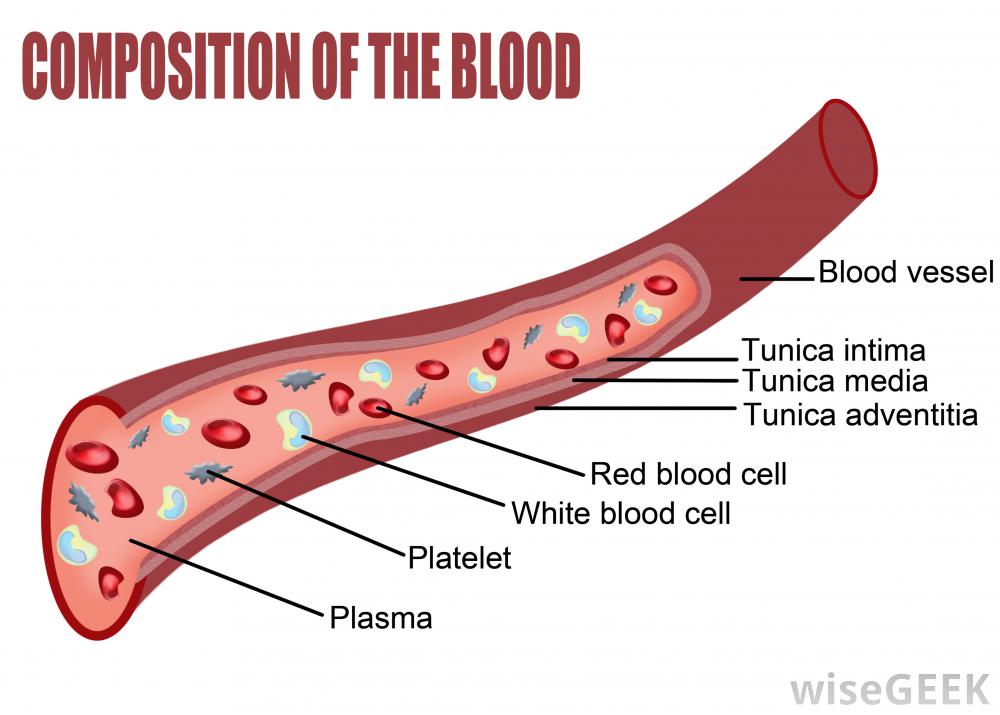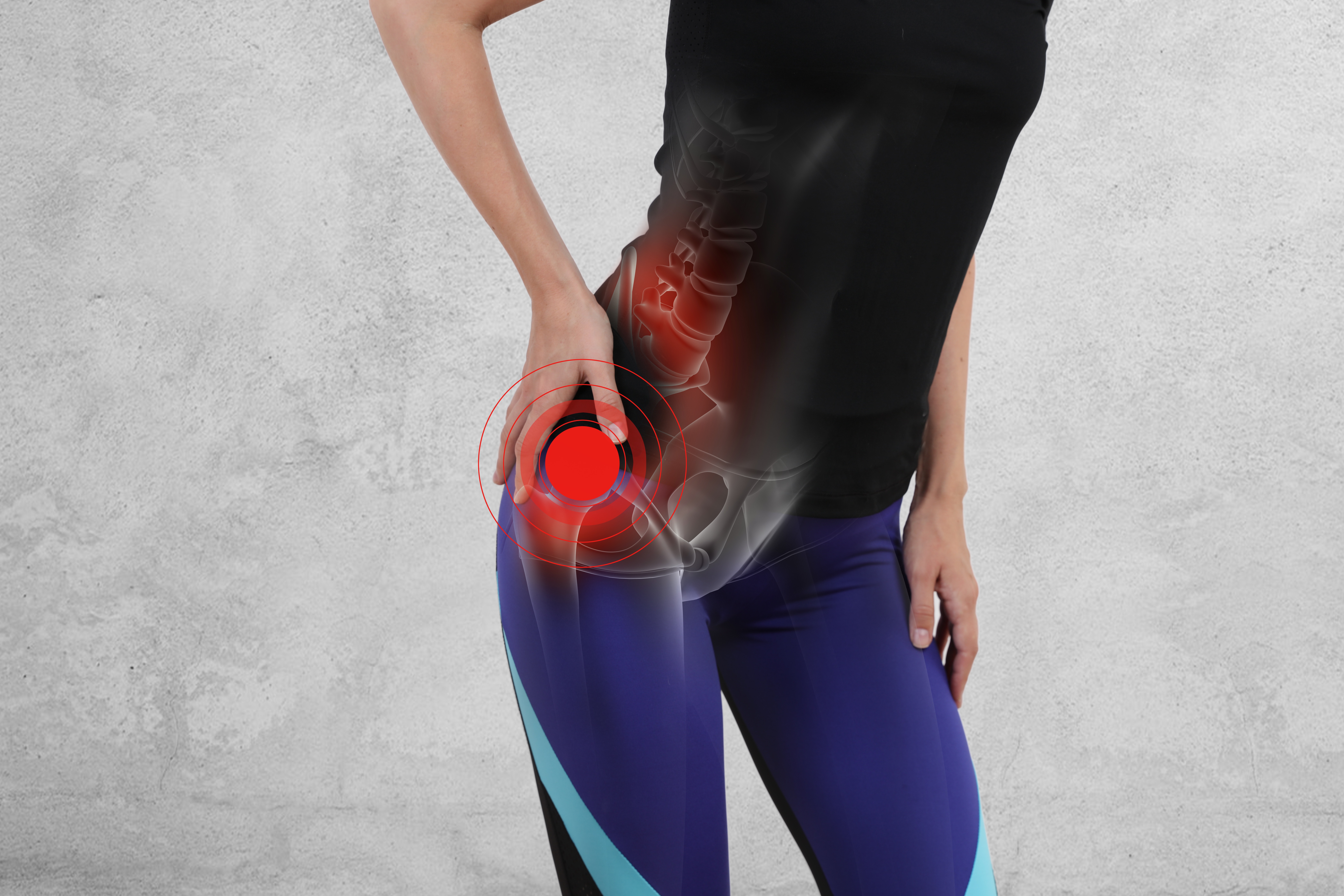Getting Back in the Game: Low-Level Laser Therapy for Sports Injuries
Sports injury rehabilitation is all about getting back in the game quickly and with optimal health. Low-level laser therapy is rapidly gaining momentum as a fast, efficient way to do just that. Dr. Robert Silverman of Dynamic Chiropractic explains.
Trauma from sports injuries causes damage to the cells that make up soft tissues. These damaged cells release chemicals that provoke a natural inflammatory response in the body, which result in redness, swelling, warmth and pain in the injured area. Persistent or recurrent inflammation can predispose athletes to early-onset arthritis or degenerative changes in their joints. This condition can affect the weekend warrior to the elite athlete.With a cold laser like the Apollo Cold Laser, the application of low-level laser therapy (LLLT) reduces short-term inflammation. Additionally, laser therapy significantly lowers the risk of arthritis frequently resulting from sports injuries. Laser therapy is used by professional sports teams and athletes to treat inflammation, provide deep-tissue therapy, and accelerate pain relief to help athletes minimize downtime. For the past decade, LLLT has revolutionized treatment in the professional sports world including NBA, NFL, MLB, NHL and USA Cycling athletes, as well as Ironman triathlon competitors, competitive runners, college athletes, former Olympic athletes, and elite cross-fitters.
LLLT works to photobiostimulate chemically damaged cells via specific wavelengths of light in a coherent manner.1-4 Coherence means that light photons propagate in the same direction, amplitude and phase. This is important to maximize the depth of penetration in order to trigger a biological response.5
The cell membrane within the skin absorbs these photons via a photochemical effect, not photothermal; therefore, LLLT does not cause heat damage to the tissues.6
When cells are chemically damaged through injury, they stimulate the pain cycle. LLLT excites kinetic energy within the cells by transmitting these healing stimuli that are photons. Once photons reach the cells of the body, they promote a cascade of cellular activities. LLLT can ignite the production of enzymes, stimulate mitochondria, increase vasodilation and lymphatic drainage, ATP synthesis, and elevate collagen formation substances to prevent scar tissue.7 This is a critical step in reducing chronic, disabling myofascial pain syndromes. Simply stated, LLLT enables athletes to get out of pain faster and heal at the same time.
Literature Support
I have found the laser to be a superior tool for the rehabilitation of athletes. LLLT is a scientifically proven and effective treatment for a wide range of sports injuries, including acute and chronic pain; neck and back pain; bursitis; jumper's knee; tennis elbow; Achilles tendonitis; chronic joint pain of the elbow, wrist, and fingers; plantar fasciitis; and shoulder injuries. As supported by the literature in the field, I see consistent results with my athletic patients for a variety of conditions: 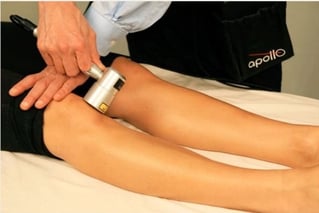
- Low-level laser therapy is an effective treatment for sports injuries, particularly jumper's knee, tennis elbow and Achilles tendonitis.8
- Low-level laser therapy has been recommended as a treatment option for tennis elbow.9
- Low-level laser therapy reduces pain after treatment in acute neck pain and up to 22 weeks after completion of treatment.10
- Low-level laser therapy has positive effects on exercise-induced skeletal muscle fatigue and changes in biochemical markers related to post-exercise recovery.11
- A double-blind, randomized, controlled trial showed that LLLT and exercise therapy is more effective than exercise therapy alone for the purposes of improving pain and active / passive ROM in patients with subacromial syndrome.12
- LLLT has been shown to be effective for treating chronic neck and shoulder pain, as well as chronic heel pain from plantar fasciitis.13-14
The ease of using the laser and the speed with which the athletes respond are key features of LLLT. Most laser treatment sessions last from just three to five minutes. In my experience, its versatility is unmatched because it can be a stand-alone treatment or used in conjunction with chiropractic adjustments, soft-tissue release, instrument-assisted treatments, elastic therapeutic tape or any rehab-oriented protocol.
An Example: Ankle Sprains
One specific application for LLLT is ankle sprains, which have an 80 percent recurrence rate and high rates of subsequent chronic symptoms. The most frequently seen ankle injury is an ankle inversion sprain.15
There are a host of causes and risk factors for ankle sprains; a previous history of ankle sprain is the most common risk factor. I've found LLLT to be instrumental in reducing the swelling and tissue damage that are typically associated with an acute ankle sprain. I've seen recovery times that have been literally decreased by days. 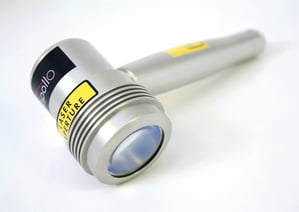
Chronic ankle sprains is where the benefits of LLLT can truly be seen. Interestingly, most athletes with chronic ankle sprains have a proprioceptive deficit in that injured ankle.16 Proper proprioceptive exercises coupled with laser therapy have enabled many of my athletes to avoid the recurrence so commonly seen with the injury.
After an ankle sprain, there is a significant delay in the onset of activation of the gluteus maximus on the injured side.17 LLLT applications to the gluteal regions have helped facilitate the gluteus maximus muscle in chronic ankle sprains.
Low-level laser therapy has varied benefits and functions as a superior alternative to analgesics, NSAIDs, medications and other modalities. Furthermore, LLLT reduces the need for surgery and has virtually no contraindications. Highly effective, non-invasive and safe, LLLT is easy to implement in any chiropractic setting.
In my many years of practice dealing with high-school, college, and professional athletes, I have found LLLT to be the best means for rapid recovery and increased performance from a sports injury. I consider it the most efficient, most versatile tool of the 21st century for sports injuries.
References
- Karu T. Ten lectures on Basic Science of Laser Phototherapy. Prima Books, 2007: p. 277.
- Carrinho PM, Renno AC, Koeke P, et al. Comparative study using 685-nm and 830-nm using lasers in the tissue repair of tenotomized tendons in the mouse. Photomed Laser Surg, Dec 2006;24(6):754-758.
- Vladimirov YA, Osipov AN, Klebanov GI. Photobiological principles of therapeutic applications of laser radiation. Biochemistry, Jan 2004;69(1):103-113.
- Enwemeka CS, Parker JC, Dowdy DS, et al. The efficacy of low-power lasers in tissue repair and pain control: a meta-analysis study. Photomed Laser Surg, 2004;22(4):323-329.
- Karu T. Low-Power Laser Therapy. In: Biomedical Photonics Handbook. CRC Press; Boca Raton, FL, 2003.
- Olsen IM, ffrench-Constant C. Dynamic regulation of integrin activation by intracellular and extracellular signals controls oligodendrocyte morphology. BMC Biol, 2005;3:25.
- Karu T. Primary and secondary mechanisms of action of visible to near-IR radiation on cells. J Photochem Photobiol B: Biol, 1999;49(1):1-17.
- Morimoto Y, Saito A, Tokuhashi Y. Low level laser therapy for sports injuries. Laser Therapy, 2013;22(1):17-20.
- BMJ Clinical Evidence made recommendations to include low-level laser therapy for tennis elbow in 2011.
- Chow RT, Johnson MI, Lopes-Martins RA, et al. Efficacy of low-level laser therapy in the management of neck pain: a systematic review and meta-analysis of randomized placebo or active-controlled trials. Lancet, Dec 5, 2009;374(9705):1897-1908.
- Leal Junior EC, Lopes-Martins RA, De Marchi T, et al. Effects of low-level laser therapy (LLLT) in the development of exercise-induced skeletal muscle fatigue and changes in biochemical markers related to postexercise recovery. J Orthoped Sports Therapy, Aug 2010;40(8):524-532.
- Abrisham SM, Kermani-Alghoraishi M, Ghahramani R, et al. Additive effects of low-level laser therapy with exercise on subacrominal syndrome: a randomised, double-blind, controlled trial. Clin Rheumatol, 2011;30:1341-1346.
- Low level laser therapy to reduce chronic pain. ClinicalTrials.gov, NCT00929773, 2009.
- Jastifer JR, Catena F, Doty JF, et al. Low-level laser therapy for the treatment of chronic plantar fasciitis: a perspective study. Foot & Ankle Int, 2014 Feb 7;35(6):566-71.
- Postle K, Pak D, Smith TO. Effectiveness of proprioceptive exercises for ankle ligament injury in adults: a systematic literature and meta-analysis. Manual Therapy, Aug 2012;17(4):285-291.
- Hupperets MDW, Verhagen EALM, Heymans MW, et al. Potential savings of a program to prevent ankle sprain recurrence: economic evaluation of a randomized controlled trial. Am J Sports Med, Nov 2010;38:2194-2200.
- Bullock-Saxton JE, Janda V, Bullock M. The influence of ankle sprain injury on muscle activation during hip extension. Int J Sports Med, 1994;15:330-334.

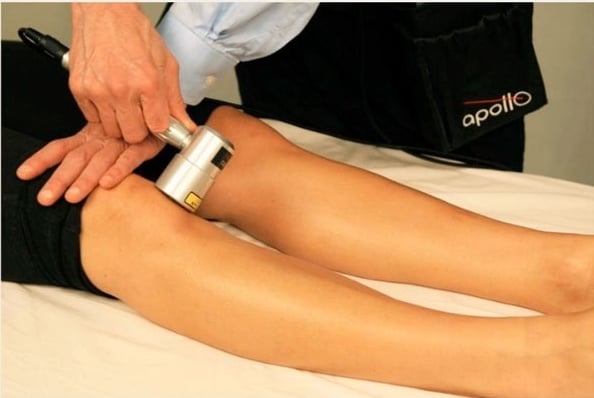

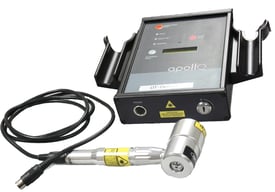


.webp)
